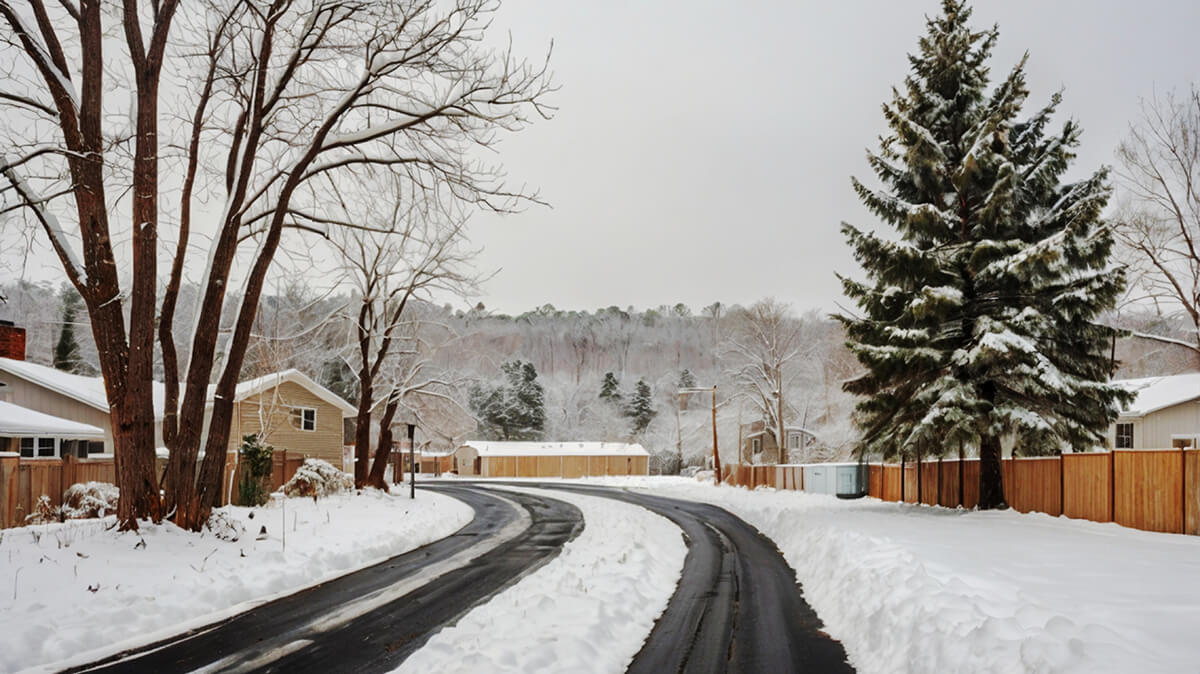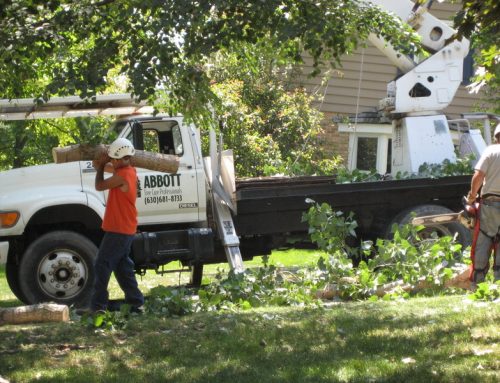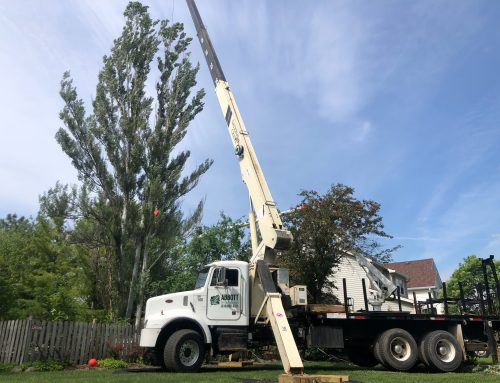Winter is one of the best times to schedule a tree inspection. As trees enter their dormant season, it becomes easier for arborists to assess their structure, identify potential issues, and perform necessary pruning without the interference of leaves or new growth. However, before you schedule a winter tree inspection, there are several important questions you should consider asking.
Knowing the right questions can help you understand the process, ensure you’re getting quality service, and make sure your trees get the care they need to stay healthy through the colder months. Here are the top ten questions to ask before scheduling a winter tree inspection.

Choosing an Arborist
Are you certified and licensed?
Look for an arborist certified by an organization such as the International Society of Arboriculture (ISA). Certification indicates that the arborist has been trained in best practices for tree care and has passed a rigorous examination. Hiring a certified arborist gives you confidence that they have the necessary qualifications and are committed to providing high-quality service.
Do you carry insurance?
Tree work can be risky, even during inspections. It’s essential to ensure that the arborist you hire is fully insured. Ask about their insurance coverage, including liability and workers’ compensation. This protects you and the arborist in case of accidents or property damage during the inspection. Working with an insured professional provides peace of mind and minimizes potential financial risks.
How experienced are you with winter tree inspections?
Not all tree care companies have experience with winter tree inspections. Winter presents its own challenges, and an arborist needs to understand how trees behave in dormancy to assess them accurately. Ask about the arborist’s experience with winter inspections and whether they’re familiar with the unique conditions and risks associated with trees in colder climates. An experienced arborist will know what to look for and can provide effective recommendations for winter care.
What equipment will you be using?
The type of equipment used during a tree inspection and pruning can impact the health and safety of your trees. Find out what equipment the arborist plans to use, and ensure they use tools designed for winter tree care. A professional arborist should have the right tools for the job and be able to explain their process.
Planning the Inspection
Why is winter a good time for a tree inspection?
During the dormant season, trees have shed their leaves, allowing arborists to see the tree’s structure more clearly. This visibility makes it easier to identify issues like deadwood, disease, or weak branches that might be hidden by foliage during other seasons.
What will the tree inspection include?
A thorough tree inspection should cover multiple aspects of your trees’ health. Before you schedule, ask the arborist what the inspection will include. A good inspection typically examines the tree’s root system, trunk, branches, and overall structure. The arborist should also look for signs of disease, pests, structural issues, and other health concerns. Knowing the specifics can give you confidence that the inspection will be detailed and comprehensive.

How often should you schedule tree inspections?
Tree health is an ongoing concern, and regular inspections can catch issues before they become significant problems. Ask the arborist how frequently they recommend inspections in winter and other seasons. Many experts suggest at least one inspection per year, but certain trees may benefit from more frequent check-ups, especially if they’re mature, located near structures, or prone to specific issues.
Will you be pruning during the inspection?
Ask the arborist if they plan to do any pruning as part of the inspection. If so, inquire about their pruning techniques and whether they follow best practices for winter pruning. Proper pruning can help trees thrive, but incorrect techniques may cause stress or damage, especially in colder weather.
Findings
What types of issues are common for trees in winter?
Ask the arborist about common winter issues they look for, such as frost cracks, snow load damage, and root issues due to over-saturation. Understanding these risks can help you better prepare for winter and allow you to ask informed questions during the inspection. An experienced arborist will be familiar with seasonal issues and can provide tips to help protect your trees.
What happens if you find a serious problem?
While many winter tree inspections result in minor recommendations, there’s always a chance of discovering a serious issue. For instance, a tree might be suffering from a severe disease, or it might be structurally compromised and in danger of falling. Ask the arborist how they handle situations where a tree requires significant intervention, such as removal or intensive treatment. Knowing the next steps can help you plan accordingly and understand the potential costs and care options available to you. A reputable arborist should be transparent about possible solutions and willing to discuss them with you in detail.
Scheduling a winter tree inspection is a proactive way to keep your trees healthy and safe, even during the colder months. By asking these ten questions, you’ll be better informed about the process and prepared to make the right decisions for your trees. Winter inspections can reveal hidden issues, provide essential pruning, and set your trees up for a strong growing season in the spring.
If you’re looking for professional tree care, consider working with certified arborists who understand trees’ unique needs in winter. At Abbott Tree Care, our team of professionals can perform thorough winter inspections, handle dormant pruning, and provide guidance to ensure your trees thrive through the season and beyond.





